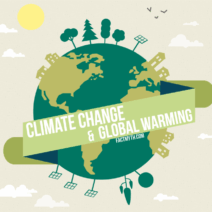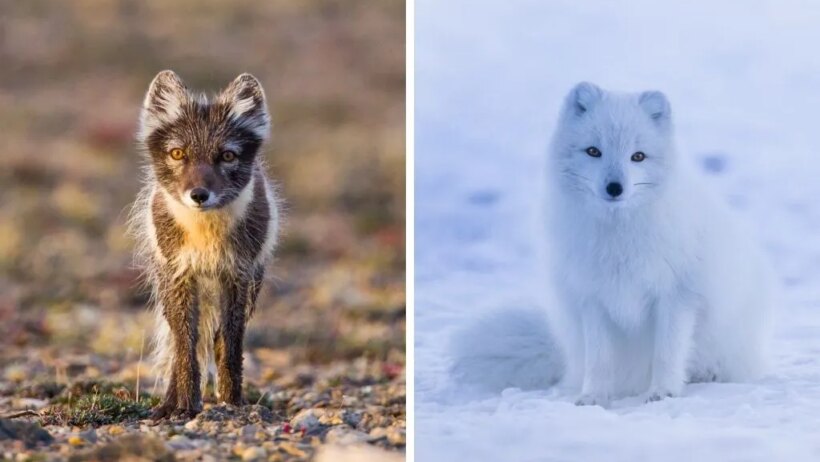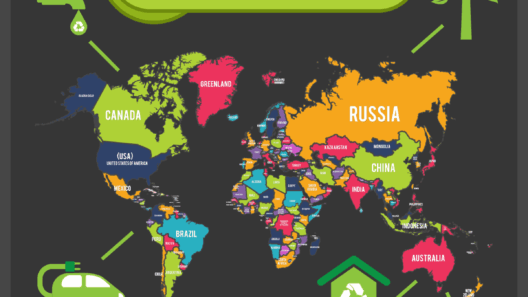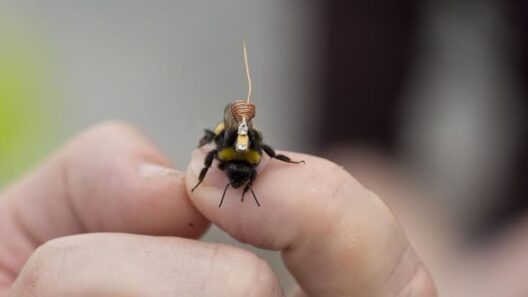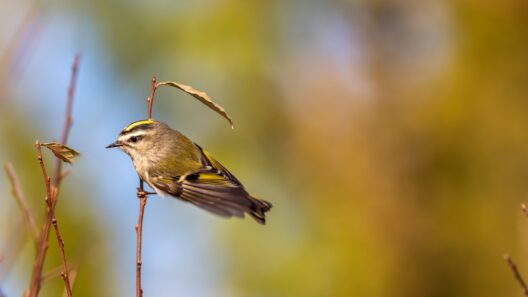The Arctic fox (Vulpes lagopus) is not merely a captivating creature of the tundra; it serves as a crucial barometer for the health of polar ecosystems. As climate change accelerates, the plight of this remarkable predator is becoming increasingly dire. The question arises: What will happen to the Arctic fox as ice melts and habitats transform? The answer is troubling, as global warming presents unparalleled challenges to this and other polar inhabitants.
First, consider the Arctic fox’s habitat. Characterized by its tufted ears, thick fur, and adept adaptability, the Arctic fox thrives in sub-zero temperatures. However, warming temperatures pose a significant threat to its natural environment. The unforgiving Arctic landscape, which comprises ice, snow, and tundra, is undergoing rapid alterations due to climate change. This fluctuation in temperature not only melts ice but also disrupts the tundra’s delicate ecosystem, causing food shortages and altering predator-prey dynamics.
One could imagine a world where the Arctic fox, an apex predator among the tundra’s inhabitants, struggles to find its primary food source, the lemming. As the climate warms, lemming populations may experience swings in abundance and distribution, ultimately affecting the Arctic fox’s ability to hunt effectively. Moreover, the diminishing ice habitat provides less opportunity for these foxes to store food, forcing them into competition with other predators. Imagine a once-untouchable predator, now at the mercy of changing seasons and unpredictable food availability.
As ice melts, competition may heighten, particularly with larger predators such as the red fox and polar bear. These competitors are increasingly encroaching upon the Arctic fox’s territory, driven by their own survival needs. The introduction of larger predators not only threatens the Arctic fox’s survival but may also lead to a cascade of ecological repercussions. An imbalance in predator populations could destabilize the entire food web, making the Arctic fox’s continued existence precarious.
Furthermore, thawing permafrost may release long-sequestered greenhouse gases, adding additional strain on the global climate system. As the permafrost melts, it disrupts the habitat quality for many species, including the Arctic fox. With less stable ground, denning sites can collapse, resulting in fewer safe spaces for raising young. This dramatically decreases the chances of survival for Arctic kits, highlighting the multifaceted challenges the species faces.
Climate change does not singularly affect the Arctic fox; it triggers an array of cascading effects that compromise the biological integrity of the Arctic ecosystem. For instance, the melting ice that once allowed for easier movement and hunting is increasingly replaced by extensive water bodies. Stressors such as increased rainfall and changing vegetation disrupt the traditional foraging patterns, compounding the Arctic fox’s difficulties.
Moreover, the melted ice brings about a fundamental transformation in landscape dynamics. The once-abundant snow cover is dwindling, rendering the foxes more susceptible to the elements and reducing their camouflaging effectiveness. The stark white fur that grants them stealth while hunting and protection from predators is rendered less effective in a rapidly greenifying environment. What happens when an animal’s primary defense mechanism becomes a liability? The consequences can be devastating.
One cannot ignore the psychological stress inflicted on these animals due to the frenetic pace of environmental change. Adaptation is not merely a physical evolution but also a psychological endurance test. The question becomes whether Arctic foxes can psychologically cope with food scarcity and habitat destruction as they face the relentless march of climate change. How long before the pressure overwhelms their innate survival instincts?
The Arctic fox’s struggle is emblematic of broader environmental challenges that imperil entire ecosystems. As global temperatures rise, many species find themselves in an existential crisis. While the Arctic fox is resilient, it is not invincible. This poignant reality serves as a clarion call for action. Timely intervention is paramount. Preserving the Arctic ecosystem can no longer be a peripheral concern; it mandates immediate attention from policymakers and the global community.
Conservation efforts must encompass multifaceted strategies that include habitat preservation and restoration, enhanced wildlife corridors to reduce competition and stress, and scientific research to monitor ecosystem changes. Education also plays an essential role. As awareness grows, individuals can take steps towards sustainability, thus fostering an environment where both Arctic foxes and humans can coexist harmoniously.
So, what can be done on a local and global scale to ensure that the Arctic fox continues to roam the tundra? Collective action, advocacy for policies aimed at reducing carbon emissions, and promoting renewable energy solutions are crucial avenues. The fate of the Arctic fox—and, by extension, the integrity of its ecosystem—dares humanity to act responsibly. Will we ignore the consequences of our actions until it’s too late, or will we rise to the challenge and advocate for the preservation of this iconic species and its habitat? The choice is ours.
In conclusion, the Arctic fox’s last stand against global warming is more than a solitary battle; it reflects the intertwined destinies of all polar predators and the broader implications for our planet. The time to act is now, for the consequences of inaction will echo through generations. Only through concerted efforts can we hope to preserve the delicate balance of the Arctic ecosystem and safeguard the future of the Arctic fox.

